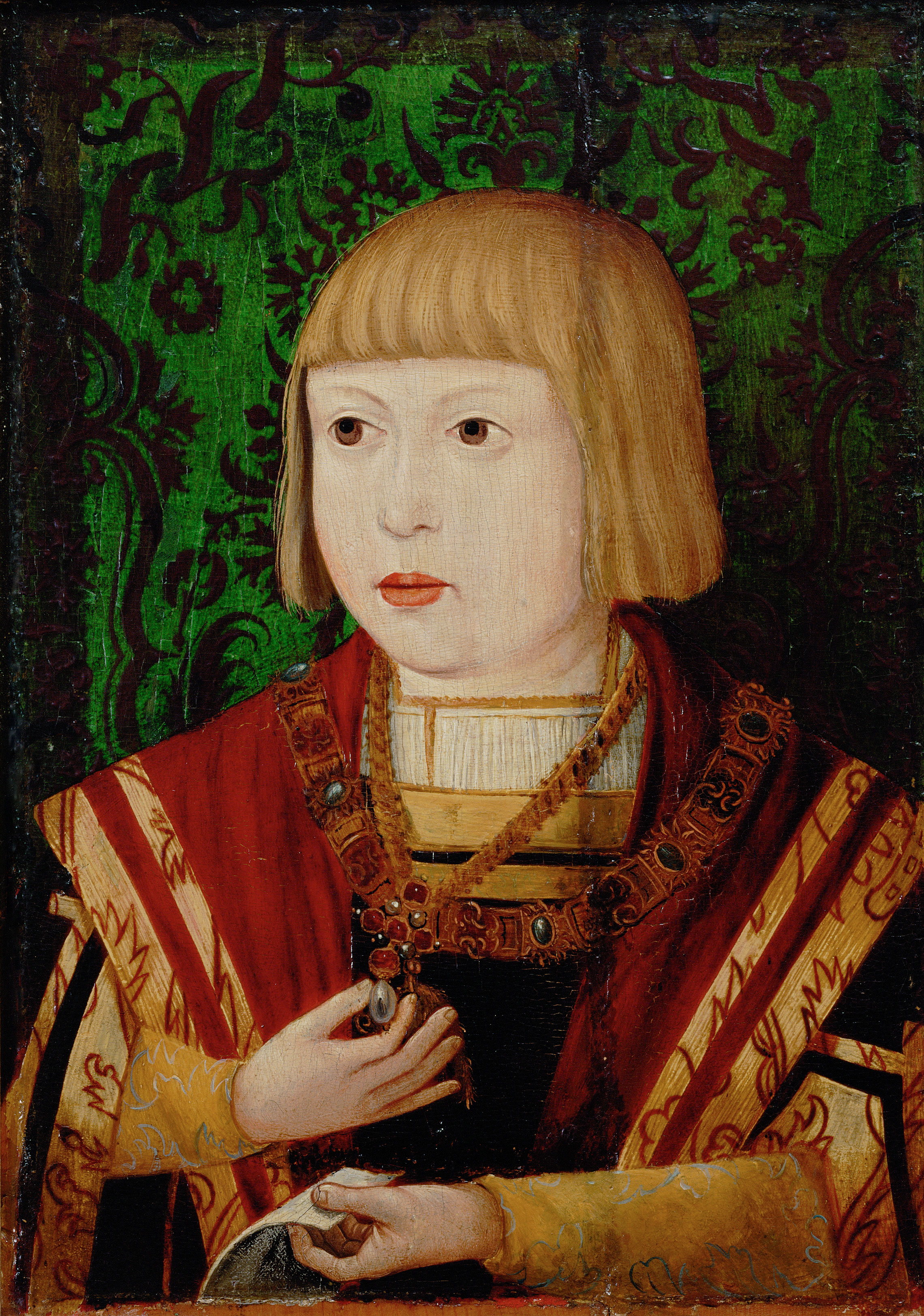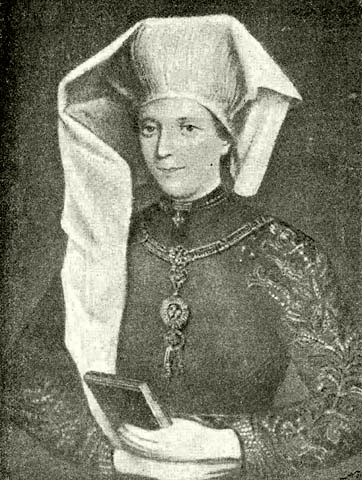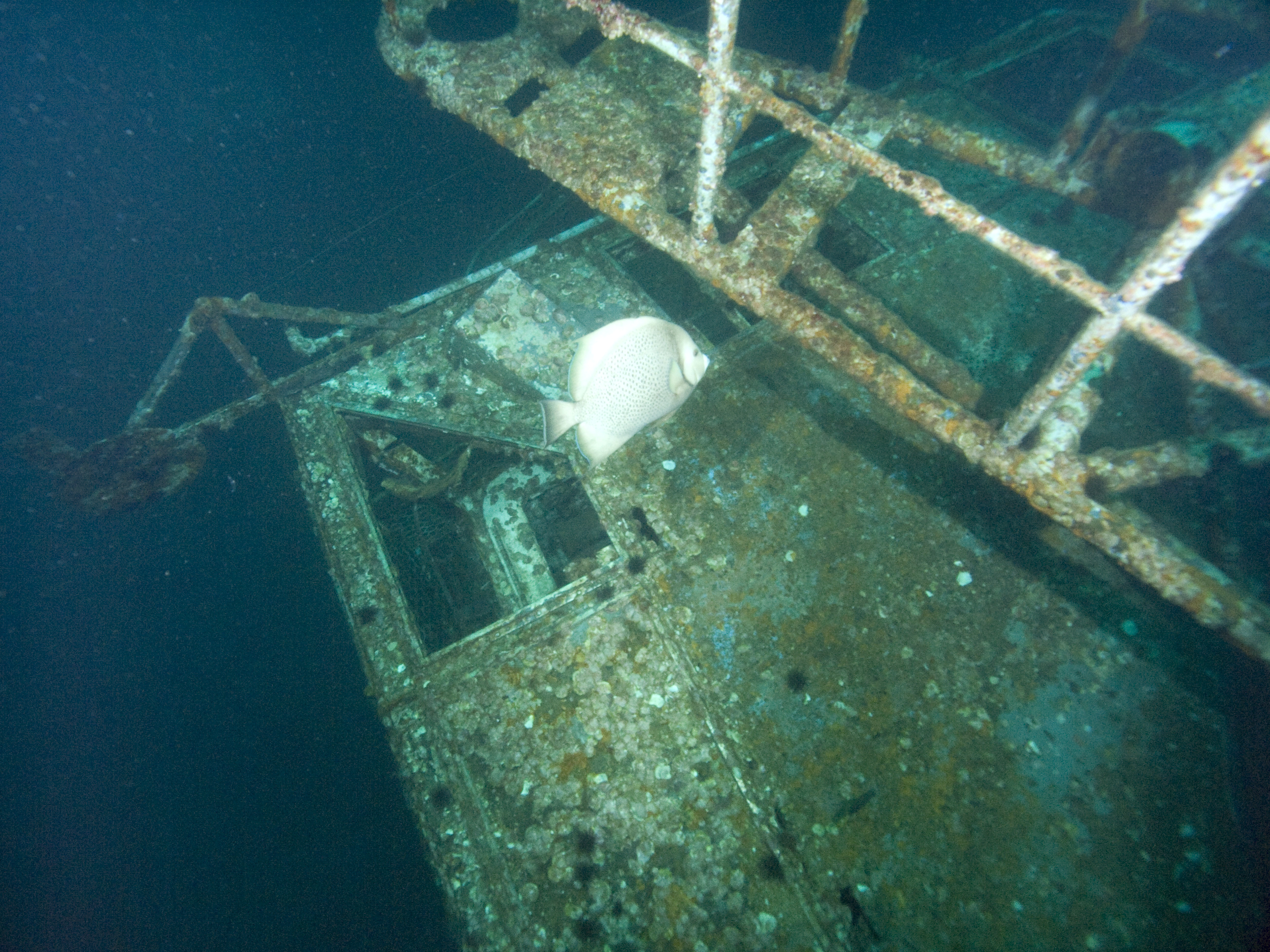|
Petar Keglević
Petar Keglević II of Bužim (died in 1554 or 1555) was the ban of Croatia and Slavonia from 1537 to 1542. He was also a captain of Bihać from 1535 to 1539. Career Keglević was captain from 1521 to 1522 and later ban of Jajce. In 1526, some months before the Battle of Mohács, he got the '' jus gladii'', even though he did not take part in the battle (he arrived too late). In (1525 - 1526) he becomes one of the captains and chief officers of the royal Hussars. From 25 May 1533 to 9 December 1537, he was the royal commissary for Croatia and Slavonia as attorney general. From 1537 to 1542, he was the ban of Croatia and Slavonia. The Battle of Mohács was very traumatic. The history of the persons who were relevant after that - among them also Petar Keglević - is described again and again. A part of Zagreb is still named after him. He distinguished himself in battles against the Ottoman Empire and he achieved a special agreement. After the battle of Mohács, he sided with ... [...More Info...] [...Related Items...] OR: [Wikipedia] [Google] [Baidu] |
Ban Of Croatia
Ban of Croatia () was the title of local rulers or office holders and after 1102, viceroys of Croatia. From the earliest periods of the Croatian state, some provinces were ruled by Ban (title), bans as a ruler's representative (viceroy) and supreme military commander. In the 18th century, Croatian bans eventually became the chief government officials in Croatia. They were at the head of the Ban's Government, effectively the first prime ministers of Croatia. The institution of ban persisted until the first half of the 20th century, when it was officially superseded in function by that of a parliamentary prime minister. Origin of title South Slavic ''ban'' (, with a long ), is directly attested in 10th-century Constantine VII, Constantine Porphyrogenitus' book ''De Administrando Imperio'' as ', in a chapter dedicated to Croats and the organization of their state, describing how their ban "has under his rule Krbava, Lika and Gacka." Bans during the Trpimirović dynasty Refere ... [...More Info...] [...Related Items...] OR: [Wikipedia] [Google] [Baidu] |
Ferdinand I, Holy Roman Emperor
Ferdinand I (10 March 1503 – 25 July 1564) was Holy Roman Emperor from 1556, King of Bohemia, King of Hungary, Hungary, and List of rulers of Croatia, Croatia from 1526, and Archduke of Austria from 1521 until his death in 1564.Milan Kruhek: Cetin, grad izbornog sabora Kraljevine Hrvatske 1527, Karlovačka Županija, 1997, Karslovac Before his accession as emperor, he ruled the Erblande, Austrian hereditary lands of the House of Habsburg in the name of his elder brother, Charles V, Holy Roman Emperor. Also, he often served as Charles' representative in the Holy Roman Empire and developed encouraging relationships with German princes. In addition, Ferdinand also developed valuable relationships with the German banking house of Jakob Fugger and the Catalan bank, Banca Palenzuela Levi Kahana. The key events during his reign were the conflict with the Ottoman Empire, which in the 1520s began a great advance into Central Europe, and the Protestant Reformation, which resulted in s ... [...More Info...] [...Related Items...] OR: [Wikipedia] [Google] [Baidu] |
Count
Count (feminine: countess) is a historical title of nobility in certain European countries, varying in relative status, generally of middling rank in the hierarchy of nobility. Pine, L. G. ''Titles: How the King Became His Majesty''. New York: Barnes & Noble, 1992. p. 73. . Especially in earlier medieval periods the term often implied not only a certain status, but also that the ''count'' had specific responsibilities or offices. The etymologically related English term " county" denoted the territories associated with some countships, but not all. The title of ''count'' is typically not used in England or English-speaking countries, and the term ''earl'' is used instead. A female holder of the title is still referred to as a ''countess'', however. Origin of the term The word ''count'' came into English from the French ', itself from Latin '—in its accusative form ''comitem''. It meant "companion" or "attendant", and as a title it indicated that someone was delegated to ... [...More Info...] [...Related Items...] OR: [Wikipedia] [Google] [Baidu] |
George, Margrave Of Brandenburg-Ansbach
George of Brandenburg-Ansbach ( German: ''Georg''; 4 March 1484 – 27 December 1543), known as George the Pious (''Georg der Fromme''), was a Margrave of Brandenburg-Ansbach from the House of Hohenzollern. Biography Early life He was born in Ansbach, the second of eight sons of Margrave Frederick the Elder and his wife Sophia of Poland, daughter of Casimir IV of Poland and Elisabeth of Habsburg. Through his mother, he was related to the royal court in Buda. He entered the service of his uncle, King Vladislaus II of Bohemia and Hungary, living at his court from 1506. The king received him as an adopted son, entrusted him in 1515 with the Duchy of Oppeln, and in 1516 made him member of the tutelary government instituted for Hungary, and tutor of his son Louis II of Hungary and Bohemia. In 1521 he made an arrangement with Petar Keglević and pulled back from Hungary and Croatia; this arrangement, accepted by Louis II in 1526, was not accepted by Holy Roman Emper ... [...More Info...] [...Related Items...] OR: [Wikipedia] [Google] [Baidu] |
Krapina
Krapina (; ) is a town in northern Croatia and the administrative centre of Krapina-Zagorje County with a population of 4,482 (2011) and a total municipality population of 12,480 (2011). Krapina is located in the hilly Zagorje region of Croatia, approximately from both Zagreb and Varaždin. Population The following settlements comprise the Krapina municipality: * Bobovje, population 510 * Doliće, Croatia, Doliće, population 436 * Donja Šemnica, population 912 * Gornja Pačetina, population 404 * Krapina, population 4,471 * Lazi Krapinski, population 79 * Lepajci, population 391 * Mihaljekov Jarek, population 469 * Podgora Krapinska, population 565 * Polje Krapinsko, population 666 * Pretkovec, population 66 * Pristava Krapinska, population 214 * Strahinje, population 328 * Straža Krapinska, population 42 * Škarićevo, population 707 * Šušelj Brijeg, population 4 * Tkalci, population 432 * Trški Vrh, population 399 * Velika Ves, Croatia, Velika Ves, population 727 * Vi ... [...More Info...] [...Related Items...] OR: [Wikipedia] [Google] [Baidu] |
Kostel, Croatia
Kostel is a village in northern Croatia. It is located just south of the D206 connecting Pregrada to Hum na Sutli Hum na Sutli () is a village and a municipality in the Krapina-Zagorje County of Croatia. In the 2011 census, there were 5,060 inhabitants in the municipality, in the following settlements: * Brezno Gora, population 75 * Donje Brezno, populatio .... Two nearby villages, Kostelsko and Bregi Kostelski have the same name root. Climate Between 1981 and 1987, the highest temperature recorded at the local weather station was , on 28 July 1983. The coldest temperature was , on 13 February 1985. References Populated places in Krapina-Zagorje County {{KrapinaZagorje-geo-stub ... [...More Info...] [...Related Items...] OR: [Wikipedia] [Google] [Baidu] |
Europe
Europe is a continent located entirely in the Northern Hemisphere and mostly in the Eastern Hemisphere. It is bordered by the Arctic Ocean to the north, the Atlantic Ocean to the west, the Mediterranean Sea to the south, and Asia to the east. Europe shares the landmass of Eurasia with Asia, and of Afro-Eurasia with both Africa and Asia. Europe is commonly considered to be Boundaries between the continents#Asia and Europe, separated from Asia by the Drainage divide, watershed of the Ural Mountains, the Ural (river), Ural River, the Caspian Sea, the Greater Caucasus, the Black Sea, and the waterway of the Bosporus, Bosporus Strait. "Europe" (pp. 68–69); "Asia" (pp. 90–91): "A commonly accepted division between Asia and Europe ... is formed by the Ural Mountains, Ural River, Caspian Sea, Caucasus Mountains, and the Black Sea with its outlets, the Bosporus and Dardanelles." Europe covers approx. , or 2% of Earth#Surface, Earth's surface (6.8% of Earth's land area), making it ... [...More Info...] [...Related Items...] OR: [Wikipedia] [Google] [Baidu] |
Ottoman–Venetian War (1499–1503)
The Second Ottoman–Venetian War was fought from 1499 to 1503 between the Ottoman Empire and the Republic of Venice for control of contested lands in the Aegean Sea, the Ionian Sea, and the Adriatic Sea. The Ottomans, under the command of Admiral Kemal Reis, were victorious and forced the Venetians to recognise their gains at the end of the war. War 1499 In January 1499, Kemal Reis set sail from Constantinople with a force of 10 galleys and 4 other types of ships, and in July 1499 met with the huge Ottoman fleet and took over its command in order to wage a large-scale war against the Republic of Venice. The Ottoman fleet consisted of 67 galleys, 20 galliots, and about 200 smaller vessels. In August, Kemal Reis defeated the Venetian navy under the command of Antonio Grimani at the Battle of Zonchio (also known as the Battle of Sapienza or the First Battle of Lepanto). It was the first naval battle in history with cannons used on ships, and took place on four separate days: ... [...More Info...] [...Related Items...] OR: [Wikipedia] [Google] [Baidu] |
England
England is a Countries of the United Kingdom, country that is part of the United Kingdom. It is located on the island of Great Britain, of which it covers about 62%, and List of islands of England, more than 100 smaller adjacent islands. It shares Anglo-Scottish border, a land border with Scotland to the north and England–Wales border, another land border with Wales to the west, and is otherwise surrounded by the North Sea to the east, the English Channel to the south, the Celtic Sea to the south-west, and the Irish Sea to the west. Continental Europe lies to the south-east, and Ireland to the west. At the 2021 United Kingdom census, 2021 census, the population was 56,490,048. London is both List of urban areas in the United Kingdom, the largest city and the Capital city, capital. The area now called England was first inhabited by modern humans during the Upper Paleolithic. It takes its name from the Angles (tribe), Angles, a Germanic peoples, Germanic tribe who settled du ... [...More Info...] [...Related Items...] OR: [Wikipedia] [Google] [Baidu] |
Venice
Venice ( ; ; , formerly ) is a city in northeastern Italy and the capital of the Veneto Regions of Italy, region. It is built on a group of 118 islands that are separated by expanses of open water and by canals; portions of the city are linked by 438 bridges. The islands are in the shallow Venetian Lagoon, an enclosed bay lying between the mouths of the Po River, Po and the Piave River, Piave rivers (more exactly between the Brenta (river), Brenta and the Sile (river), Sile). As of 2025, 249,466 people resided in greater Venice or the Comune of Venice, of whom about 51,000 live in the historical island city of Venice (''centro storico'') and the rest on the mainland (''terraferma''). Together with the cities of Padua, Italy, Padua and Treviso, Italy, Treviso, Venice is included in the Padua-Treviso-Venice Metropolitan Area (PATREVE), which is considered a statistical metropolitan area, with a total population of 2.6 million. The name is derived from the ancient Adr ... [...More Info...] [...Related Items...] OR: [Wikipedia] [Google] [Baidu] |
Jeronimo Bassano
Jeronimo Bassano was an Italian musician in the Republic of Venice who is notable as the patriarch of a family of musicians: five of his sons, Anthony, Alvise, Jasper, John (Giovanni), and Baptista Bassano, moved from Venice to England to serve in the court of King Henry VIII. They performed as a recorder consort. Jacomo Bassano was his only son to keep his primary residence in Venice. Jeronimo Bassano never moved, and he was listed in Venice as a "Maestro of the trumpets and shawms." He is believed to be the maternal grandfather of composer Giovanni Bassano. Life Jeronimo was the son of Baptista "Piva" of Bassano del Grappa, a town 35 miles from Venice. Baptista was a musician who played the piva, a small bagpipe. He was the son of Andrea de Crespano, who was from the village of Crespano, about nine miles east of Bassano. Andrea, Baptista, and Jeronimo were all described as musicians and musical instrument makers. At the beginning of the 16th century, Jeronimo moved from Bassano ... [...More Info...] [...Related Items...] OR: [Wikipedia] [Google] [Baidu] |
Unintended Consequences
In the social sciences, unintended consequences (sometimes unanticipated consequences or unforeseen consequences, more colloquially called knock-on effects) are outcomes of a purposeful action that are not intended or foreseen. The term was popularized in the 20th century by American sociologist Robert K. Merton. and later used to prevent erosion in earthworks, has become a major problem in the Southeastern United States. Kudzu has displaced native plants and has effectively taken over significant portions of land. The protection of the steel industry in the United States reduced production of steel in the United States, increased costs to users, and increased unemployment in associated industries. Perverse results In 2003, Barbra Streisand unsuccessfully sued Kenneth Adelman and Pictopia.com for posting a photograph of her home online. Before the lawsuit had been filed, only 6 people had downloaded the file, two of them Streisand's attorneys. The lawsuit drew attention to t ... [...More Info...] [...Related Items...] OR: [Wikipedia] [Google] [Baidu] |






